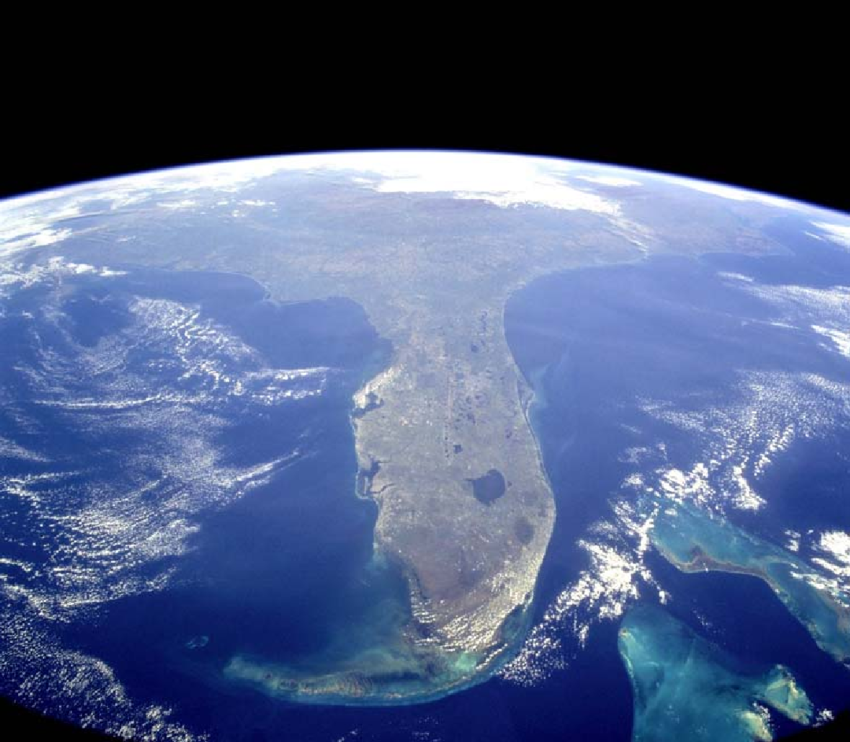A new publication, sponsored in part by NCCOS, reviews the history and status of harmful algal blooms in Florida, why they occur, the main species of concern and management challenges. The publication represents a comprehensive review of Florida harmful algal blooms.

Florida is arguably one of the global epicenters of harmful algal blooms (HABs). HABs pose unique risks to the citizens, stakeholders, visitors, environment and economy of the State of Florida. Florida has been historically subjected to reoccurring blooms of the toxic marine dinoflagellate Karenia brevis since at least the first contact with European explorers in the 1500’s. However, ongoing immigration of people into the state, rapid development, coastal eutrophication, and climate change impacts has likely increased the occurrence of other HABs, both freshwater and marine.
Harmful and toxic micro- and macroalgal and cyanobacterial species are found in all of Florida’s aquatic environments, from freshwater springs and lakes, to coastal lagoons, estuaries and shelf waters. Currently over 75 freshwater, estuarine, coastal and marine HAB species are routinely monitored by state agencies.
Why are HABs so prevalent in Florida waters? The authors believe there is no single explanation. They cite a number of unique biological, chemical and physical drivers as well as local, regional and global stressors that are likely contributing factors.
The authors also provide a detailed discussion of major HAB species of specific concern in Florida waters, including a brief review of the ecology and associated human, environmental and economic risks of these species, and an evaluation of how climate change may impact the prevalence of HAB species and related risks in the future.
In describing future challenges associated with managing risks associated with Florida HABs this publication provides direction to local, state and federal HAB researchers and managers on relevant research needs.
This study was supported in part by the NCCOS ECOHAB project Life and Death of Karenia brevis Blooms in the Eastern Gulf of Mexico.
Citation: Heil, Cynthia Ann Heil and Amanda Lorraine Muni-Morgan. 2021. Florida’s Harmful Algal Bloom (HAB) Problem: Escalating Risks to Human, Environmental and Economic Health With Climate Change. Frontiers in Ecology and Evolution. https://doi.org/10.3389/fevo.2021.646080
